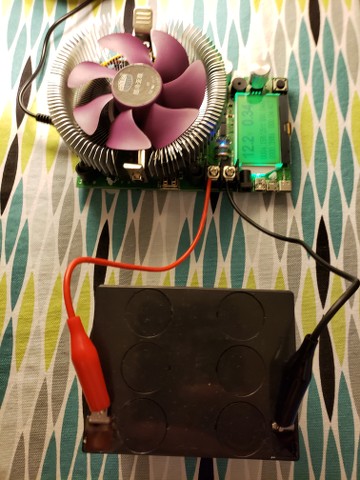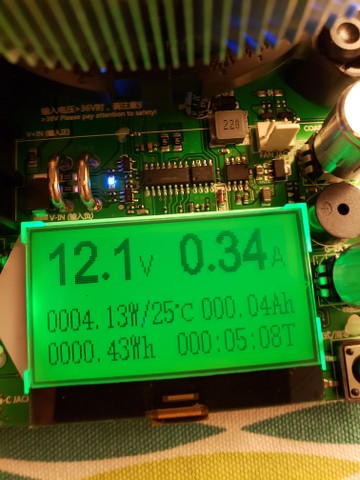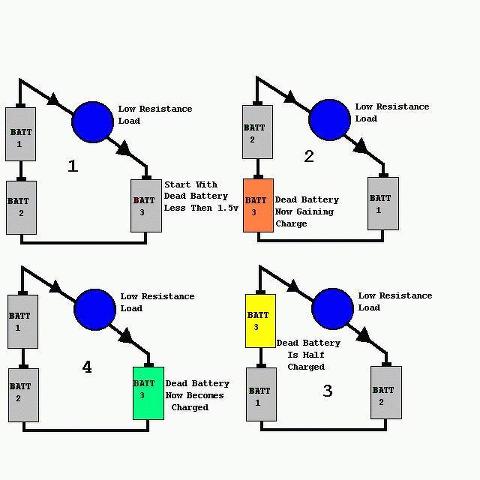Originally posted by altrez
View Post
Would you mind providing a link to that item, wouldn’t mind looking into that




 For now this is all I am working on:
For now this is all I am working on:

Comment